I’ve played every Assassin’s Creed since the original in 2007. I grew up with the series, watched Ubisoft drift further into RPG territory, and saw the stealth-driven identity of the franchise fade away. Since Origins, I’ve expected strong open-world RPGs but weak Assassin’s Creed experiences. Shadows surprised me. After 55 hours, I can confidently say it delivers the best gameplay of the RPG era stealth and combat both at their peak—but fumbles the ball hard when it comes to storytelling.
The writing in Shadows isn’t bad—in fact, Acts 1 and 3 contain some of the most engaging story beats the RPG trilogy has offered. But one structural decision in Act 2 cripples the entire narrative.
The game follows two protagonists:
- Naoe – A revenge-driven assassin deeply tied to the Japanese Brotherhood conflict.
- Yasuke – A wandering warrior on a journey of self-discovery.
The prologue and Act 1 start strong, pulling me deep into Naoe’s storyline, while Yasuke’s introduction is equally compelling once it arrives. But then Act 2 happens.
The game opens up into a non-linear set of assassination targets for the Shinbakufu. You can tackle them in any order, which means each arc must be self-contained with standalone side characters and no ongoing character development for the leads. The result:
- 70% of the story feels disconnected.
- Side characters are forgettable.
- The pacing collapses.
Once you slog through this section, the plot regains focus for a great Act 3… only to end in one of the most anticlimactic conclusions I’ve seen in the franchise, blatantly setting up DLC rather than delivering payoff.
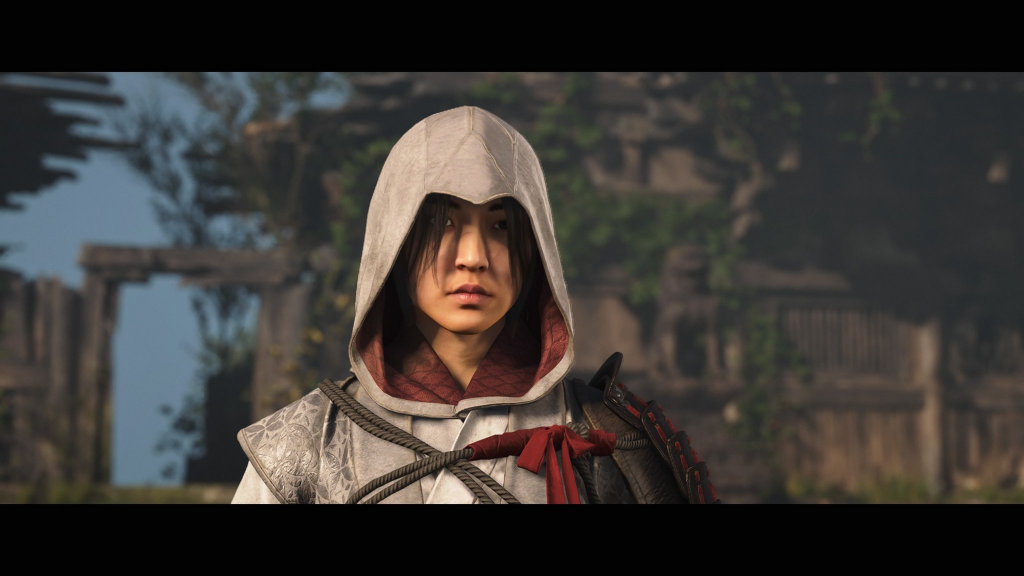
Gameplay – Peak RPG-Era Assassin’s Creed
Cutting the Bloat
The first major win is pacing—Shadows is closer in length to Origins, without mandatory grinding or level-gating. Side content is optional, and you’re never forced into filler quests to progress.
Stealth – Assassin at Last
Stealth is finally back. Playing as Naoe on Expert difficulty is a joy for long-time fans. Key improvements:
- Proper stealth tools (smoke bombs, blow darts, etc.).
- Ability to go prone.
- Shadow mechanics for hiding in darkness.
- Fast, brutal assassination animations—no more slow, drawn-out kills.
It’s the most satisfying stealth since the Ezio era. Social stealth is absent, but for this RPG style, it’s an understandable omission.
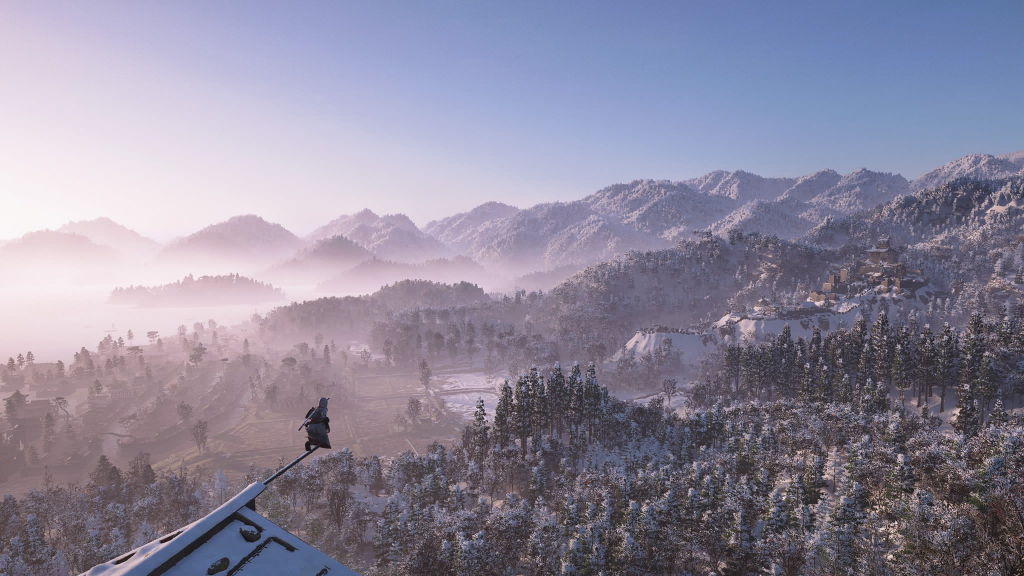
Combat – Odyssey Meets Tsushima
Combat blends Odyssey’s RPG systems with the weight and impact of Ghost of Tsushima. Every hit feels fierce, enemies aren’t damage sponges, and finishers land with cinematic flair.
Drawbacks:
- Very few unique finishing animations per weapon type (around two each).
- Some overpowered abilities—Naoe’s Tanto assassination skill trivializes late-game fights.
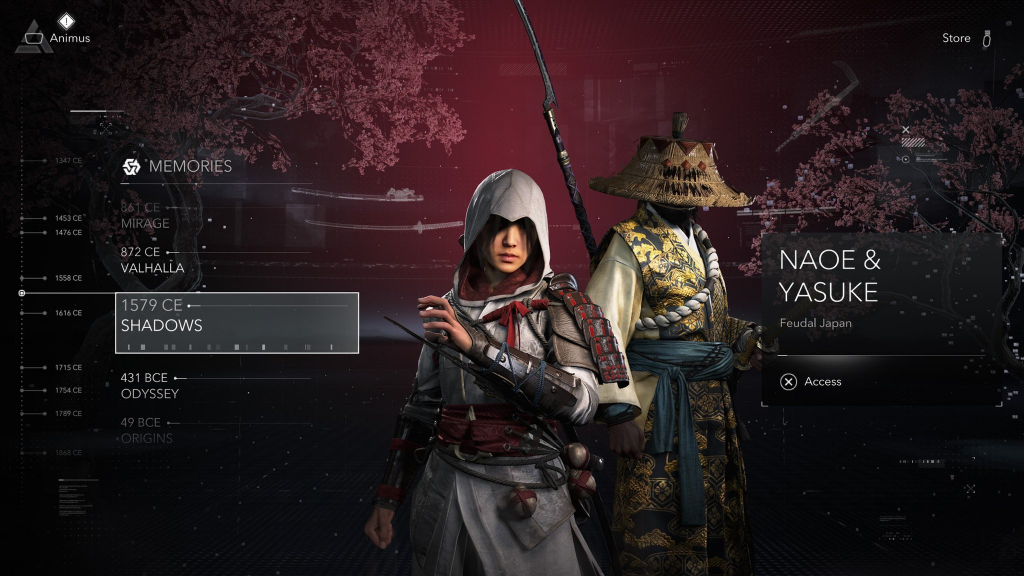
Still, it’s easily the best combat of the RPG trilogy.
Parkour – Still Behind the Classics
While animations are smoother and Naoe’s ninja-style flips look great, parkour remains shallow compared to pre-Origins games. The climb-anything design is gone, replaced with more handhold-based movement, but it’s still just holding a button forward. Fall damage is nearly nonexistent—a clear concession to the limited system. A true parkour overhaul is overdue.
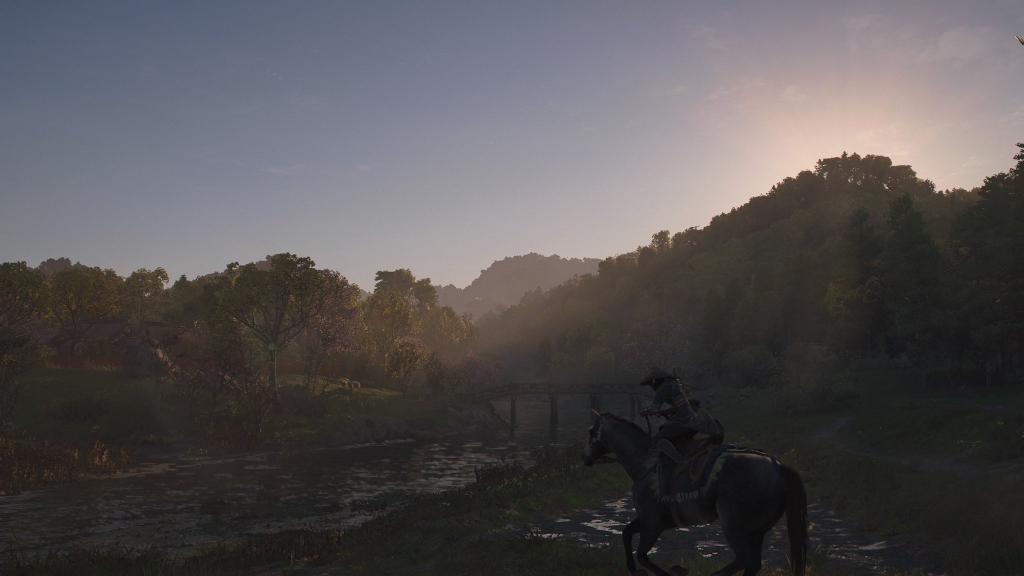
Side Content & Exploration
If you liked Ghost of Tsushima, you’ll feel at home. Side activities range from animal painting to castle infiltrations, tomb explorations, and investigative side quests. None break the mold, but they’re polished and enjoyable. The season system is a highlight—every few in-game hours, the world shifts between autumn, winter, spring, and summer. It changes landscapes dramatically, with snowstorms reducing visibility and autumn leaves blanketing the ground. The loot system returns to Odyssey’s constant gear drops. While I preferred Valhalla’s unique-set approach, the steady upgrades here are still satisfying.
Graphics
The first current-gen-only Assassin’s Creed is stunning.
- Seasonal variety is breathtaking.
- Weather effects—especially wind and storms—are the best in the series.
- Lighting and textures are top-tier.
However, cutscenes suffer from Ubisoft’s reluctance to use full performance capture. Most scenes rely on generic animations, making them feel dated compared to games like Kingdom Come 2, which commit to motion capture even in side quests.
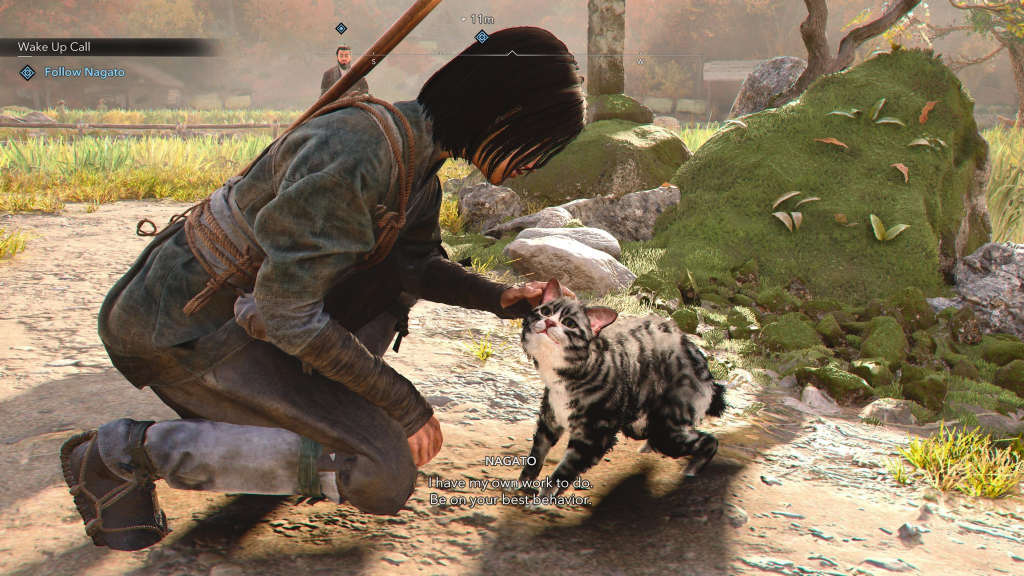
Soundtrack
For the first time in the series, I disliked an AC soundtrack. The decision to mix rap/trap beats into combat themes feels wildly out of place in feudal Japan. Other tracks are forgettable. Coming off Valhalla’s outstanding score, this is a major step down.
Final Verdict
Assassin’s Creed Shadows pairs the best gameplay of the RPG era—stellar stealth, satisfying combat, a gorgeous open world—with a poorly paced, structurally flawed story that drags for most of its runtime before ending in blatant DLC bait.
If you enjoyed Origins, Odyssey, or Valhalla, you’ll find this to be the most refined of the bunch mechanically. Just don’t expect a narrative that lives up to its gameplay.


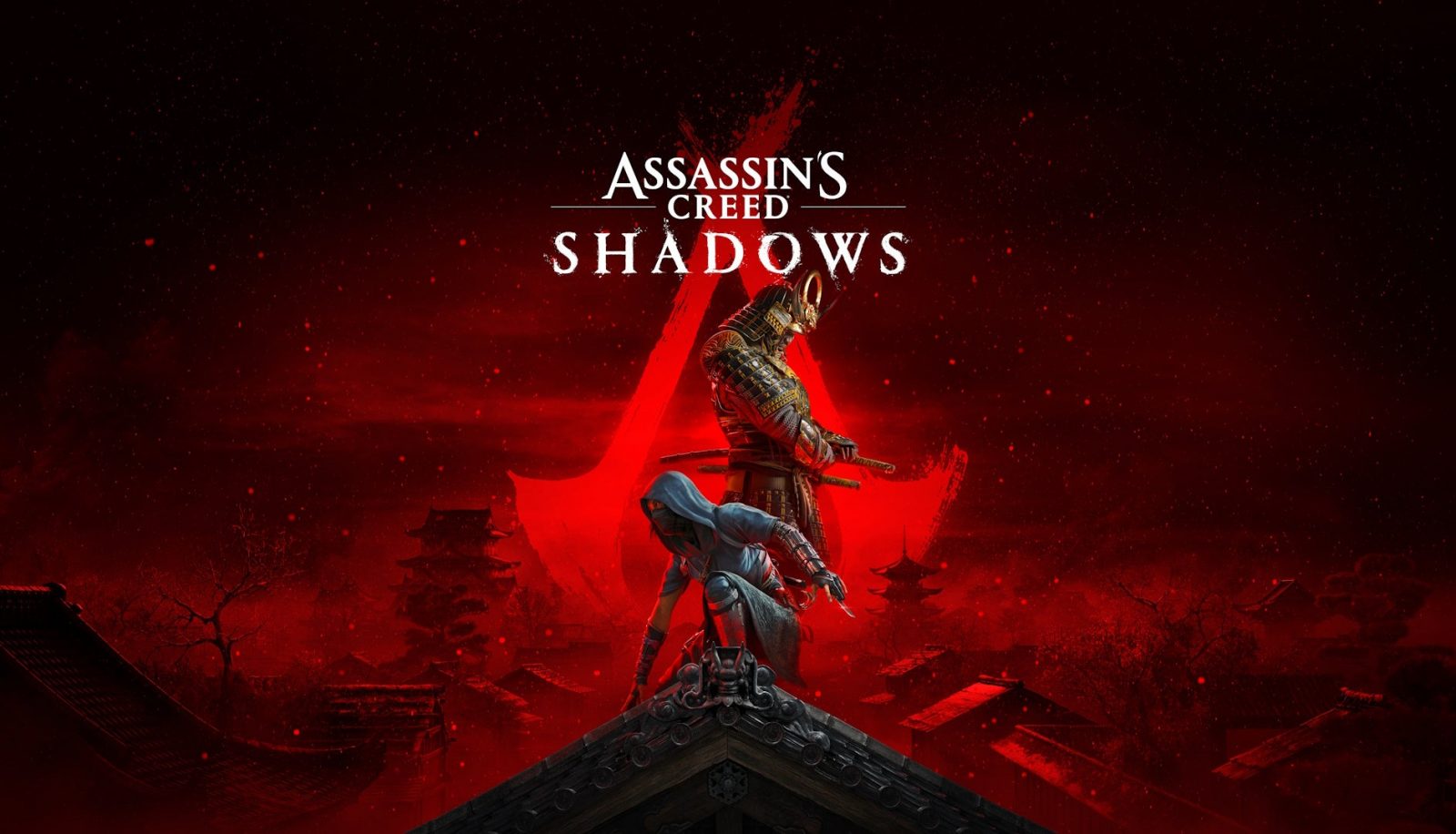

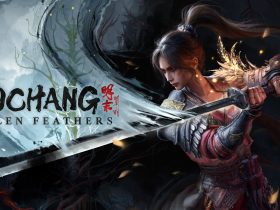


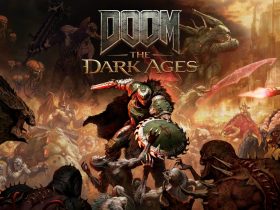
Leave a Review